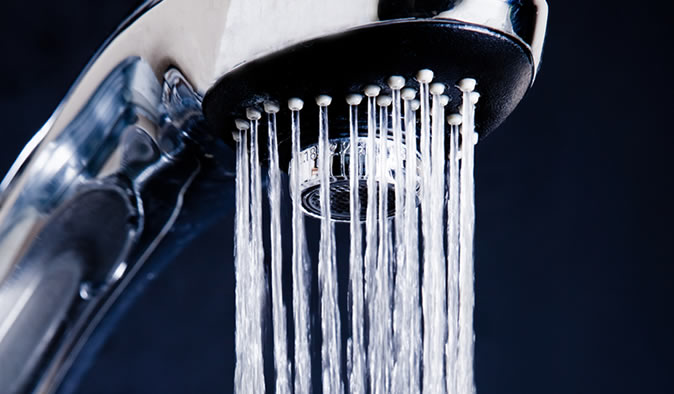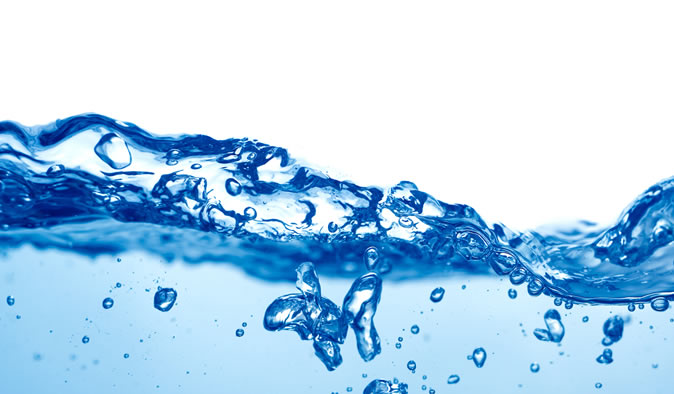Soft Springs Water Conditioning Inc , Soft Water System Morris County NJ , Soft Water System North NJ , Water Conditioning Morris County NJ , Water Conditioning North NJ
Call for a FREE WATER TEST
Serving New Jersey & PA
Symptoms: Hard water is relatively easy to notice. It’s mainly noticeable on your appliances, body, and bath tub. In dishwashers, spots will be visible on your glasses and dishes. Washing machines that use hard water tend to make your clothes feel stiffer, scratchy, wear out faster and leave clothes looking less vibrant because of damages to the fibers in the clothing. Hard water affects our bodies in a more noticeable manner as it leaves a sticky soap film on your skin which can trap bacteria or dirt, preventing you from truly getting clean and may even cause breakouts and irritation. Hard water on your hair can cause it to feel sticky, look greasy or dull and hard to manage and style. Hard water also leaves a noticeable shower scum on glass doors, bathroom tiles and a ring around your bathtub. In general, anything requiring soap (your washing machine, dishwasher, liquid dish soap, shampoo, etc.) would need more soap to cut through the effects of hard water. The harder the water the more soap that would be required.
Cause: Hard water generated when water channels through rock formations, gathering calcium and magnesium.
Remedy: Hard Water is remedied by a process called water softening/conditioning. The hard water passes through a tank which contains the resin beads that hold “hard” water ions. The hard calcium and magnesium ions are exchanged, thus softening the water.



Symptoms: Iron water is easy to detect as it leaves iron stains on sinks, clothing and linens, or its capable of forming scales in pipes and water-using appliances, causing water to look and to smell bad. A water-testing professional will determine how much iron is currently present in a home and will determine which type of iron it is…
Cause: Iron Water is generated when water passes through rocks bearing iron in the earth. Iron water is also known to be temporary caused by water standing in iron pipes.
Remedy: A small amount of clear water iron can be remedied by a water softening system. Red water iron and larger amounts of clear water iron can be controlled by running the water through a filteration system containing an oxygen rich mineral or environment. The iron is ran through an oxidization process which turns the iron into solid particles. These particles are then trapped in the filter and washed down the drain.


Symptoms: Acid water can be a bit more challenging to detect as it cannot be detected by the water’s appearance, feel or odor. Its symptoms, however, are very distinct in the home as acid water causes blue-green stains on plumbing fixtures and can chew through chrome on faucets, fittings, and pipes. It can etch into china and glassware, and corrode most water-using appliances. A water-testing professional will be able to determine the degree of acidity in a home’s water supply.
Cause: Acid water is majorly caused by water passing through rocks such as granite or marble. Naturally, water is known to dissolve material but when it passes through material it can’t dissolve, it goes into homes in a “hungry” state and starts eating away everything it touches. The degree of problems experienced can be determined by its acidity on a pH scale ranging between 1 to 14. Water registering below 7 is acidic, at 7 is neutral and above 7 is alkaline.
Remedy: Water that has minor acidic levels can be controlled by running it through a filter tank that contains a neutralizing compound. More extreme acidic levels are controlled using a chemical feed system which injects a liquid neutralizer into the water. Also, a phosphate feeder is used to so it coats all the water-bearing surfaces with a film, helping in eliminating acidic damage.


Symptoms: The taste and odor in water poses no physical problems in the home but can be very offensive.
Cause: Differentiation in taste and odor is caused by a number of different factors which may include chlorine, chlorine compounds, decaying organic matter, and dissolved gases or minerals. If hydrogen sulfide is detected, which tastes and smells like rotten eggs or sulfur, that means there is exposure to decaying vegetation, oil deposits beneath the earth’s surface or some types of iron bacteria.
Remedy: Common taste and odor is treated by a tank filter containing activated carbon. Activated carbon absorbs any taste and/or odor. Minor problems can be treated with a single-faucet filter. On the other hand, if hydrogen sulfide is detected, a different type of treatment is required. Low levels can be treated with an iron filter followed by a water softener. High levels require a chemical feed pump followed by a turbidity filter.


Soft Springs Water Conditioning Inc , Soft Water System Morris County NJ , Soft Water System North NJ , Water Conditioning Morris County NJ , Water Conditioning North NJ